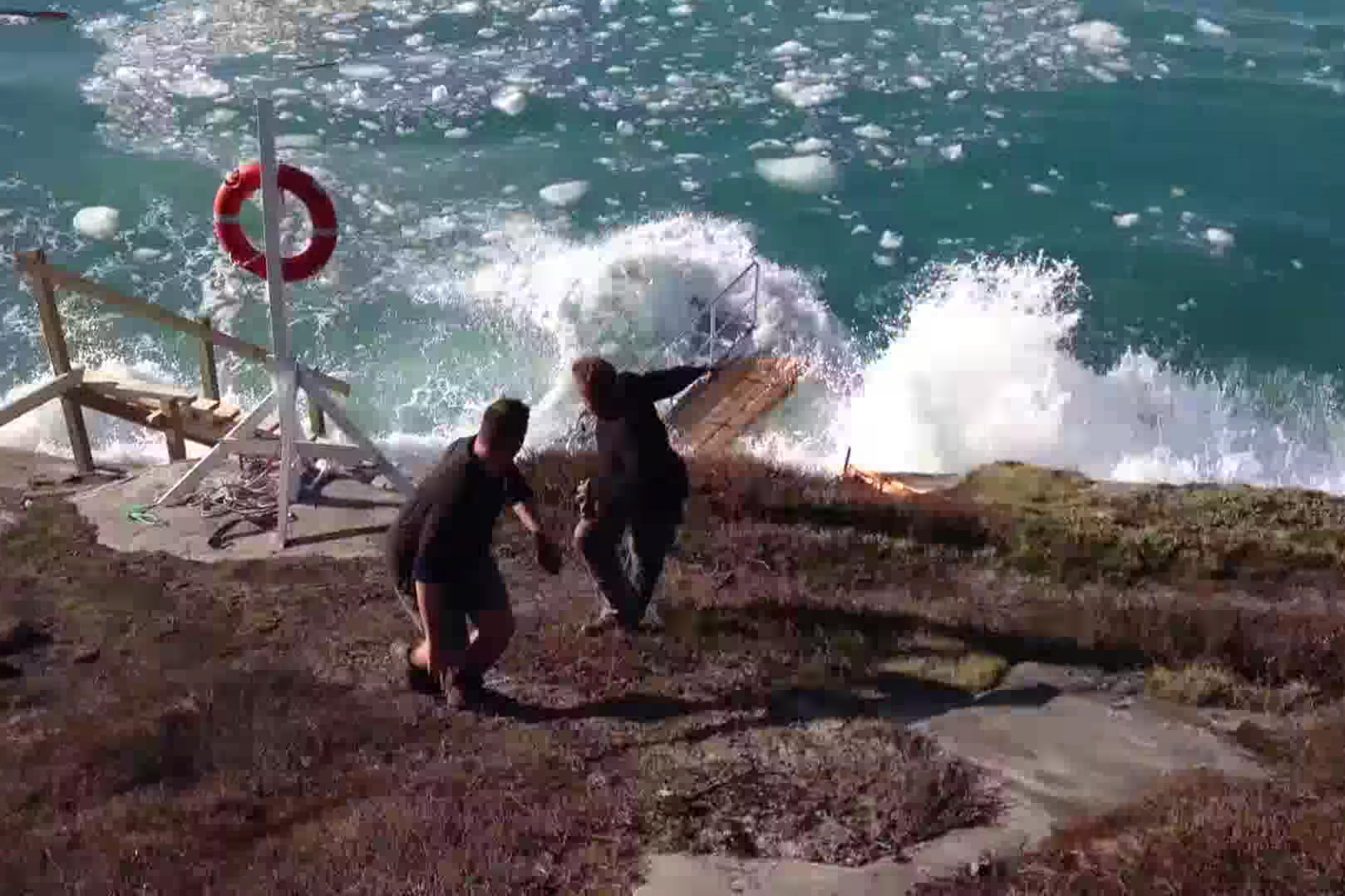Greenland is considering wave-proofing two ports that are exposed to local tsunamis

Say the word ‘tsunami’, and the first thing that is likely to come to mind is the 2004 Boxing Day disaster in which 225,000 people in 11 countries lost their lives after an earthquake in the Indian Ocean unleashed towering waves up to 30m tall.
Calamities of that magnitude are, fortunately, rare. Officials in Greenland, however, are looking into the cost of protecting two of its most exposed ports against local tsunamis caused by landslides or rolling icebergs.
The largest such event took place in 2000, when a landslide on the Nuussuaq Peninsula created a wave that flooded an abandoned mining town and destroyed boats in the settlement of Saqqaq.
No one was injured, but the experience now has the Self-Rule Authority looking into whether the ports in the towns of Uummannaq and Upernavik should be fitted with structures to prevent similar destruction in the event of a similar incident.
“Uuumannaaq and Upernavik are vulnerable to tsunamis and swells and should be protected. The possibility that either could occur has an impact on the two ports’ development potential,” concludes a report from Orbicon, a consultancy, compiled for the Self-Rule Authority.
The report estimates the cost of building wave-breaking piers to be at least 30 million kroner ($4.25 million) per port, both of which, according to Orbicon, risk flooding due to rolling icebergs.
Large waves from calving or rolling icebergs are common in Greenland’s fjords, but they rarely cause damage. In 2002, however, an iceberg caught at the mouth of the Ilulissat Icefjord rolled, creating a wave that nearly trapped three Swedish kayakers and several fishing boats.
Erik Bjerregaard, the manager of a local hotel, witnessed the situation from his home and told the Danish press at the time that it was the largest wave he had seen in the decade he had lived in the town to that point.
[A melting Greenland glacier seems to prompt worse tsunami events]
Scientists say similar waves can be expected on a regular basis, but something with a larger punch is unlikely to strike Greenland’s coastal communities any time soon.
In 2005, a group of Danish experts, seeking to identify whether Denmark, Greenland or the Faroe Islands could be affected by a tsunami caused by an earthquake, landslide or asteroid impact, categorised such an incident as a ‘1,000 year event’.
This article originally ran in the March 1 edition of AG, a Greenlandic weekly published by The Arctic Journal’s parent company.